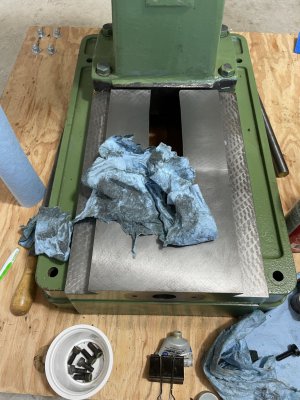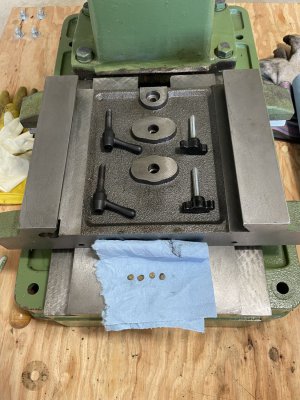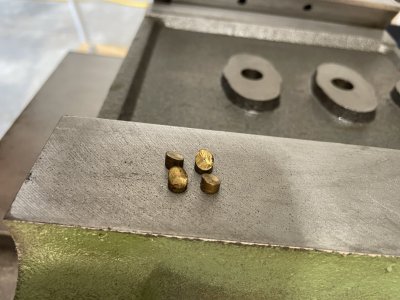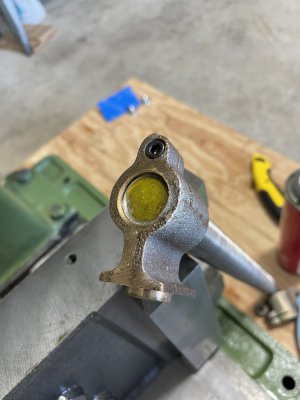- Joined
- Mar 22, 2022
- Messages
- 340
Thanks CraigGreat job! I hadn't realized that it has forward/reverse. The manual that came with mine suggested that this was a factory option. Can you tell if yours was delivered that way or if a prior user modified it?
What is your slowest RPM? Mine is 120 RPM and I'm starting to understand that that can be a limiting factor with HSS tooling. For example, a 4 inch HSS slitting saw should be run at about 85 RPM, AIUI. The same for a fly cutter with HSS.
Craig
As far as I know the mill came with F/R switch. Appears to match the one in Pontiac 428's picture so thinking it was standard on this era drill/mill.
120 RPM is the lower limit on mine also, I'm so new to this I just learned something about spindle speeds!
steve






